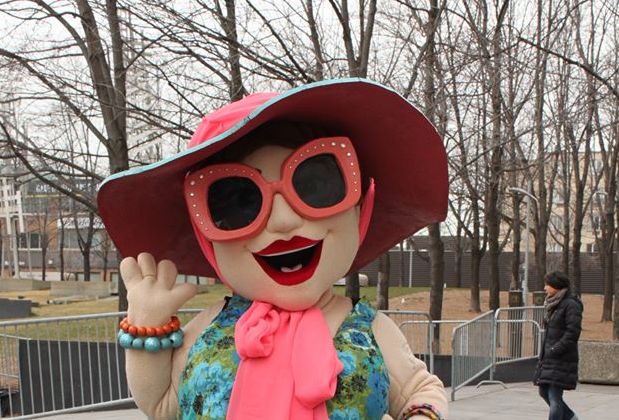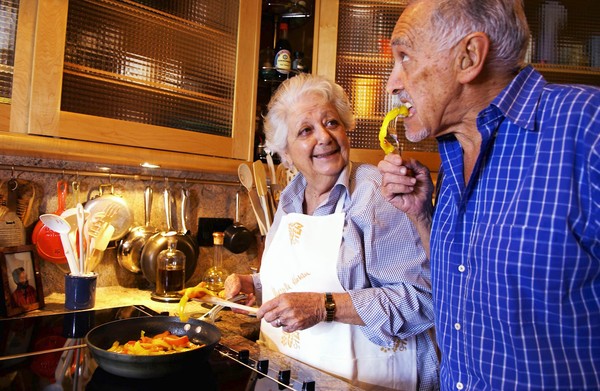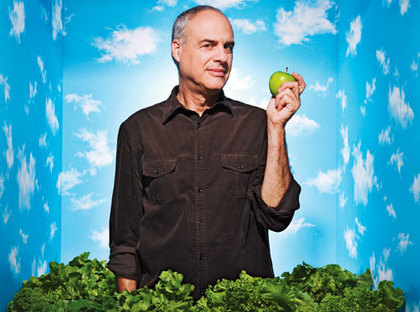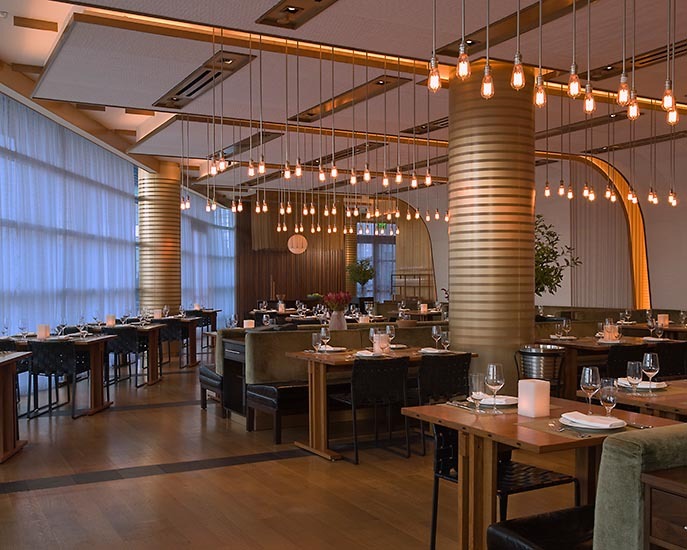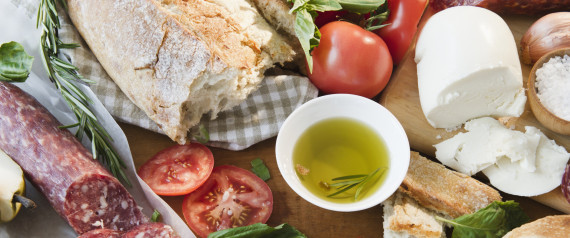by Fabio Parasecoli
from Huffington Post
Living in New York and working in food — previously as a journalist and currently as a professor — I often find myself talking about restaurants, products, and trends. A growing number of people identify themselves as “foodies,” passionate about all things culinary, ready to improve their expertise, and always willing to discuss their last discovery.
This kind of approach to food and eating is no longer exclusive to post-industrial societies like the U.S., Western Europe, and Japan. Foodies are a cosmopolitan tribe that has emerged in urban centers where upward economies, burgeoning middle classes, and global flows of people, ideas, and technology allow for growing numbers of people to express their identity — and their social distinction — through the consumption of food.
India’s largest cities are examples of this worldwide phenomenon. I was reminded of that by reading an article by food journalist Roshni Bajaj Sanghvi. Its title, Why We Need A Time-Out From Foodie Culture, says it all. The author observes: “We feel like we’re experts on food because we all eat. We follow international chefs on Twitter, we watch aspiring ones make detailed, complex dishes on MasterChef — preparations that take hours are edited down to minutes. We’re now not only experts, we’re now instant experts. Because we saw someone chiffonade herbs on TV, we saw the Wikipedia entry for sous-vide, we tweeted about the best biryani in town, we feel we can now talk about food with some authority.”
When I was doing research in Bangalore, I joined the Facebook Bangalore Foodies Club, which now boasts more than 13,000 members. As I was new to the city, I was looking for tips and advice. I ended up meeting very interesting and warm people who generously showed me around and introduced me to the local food culture. After I made it back to NYC, I asked the members of the group what a “foodie” was for them. Interestingly, very few people responded to my query, and not because of lack of participation in the group. Other threads about specific restaurants or dishes routinely receive much more attention. It seemed that most participants were not so interested in reflections, but rather in sharing experiences, impressions, and often complaints. Those who answered agreed that the word “foodie” was somewhat abused, but that at the same time it indicated a desire to experiment, break barriers, and try new things.
Who are these “foodies”? Based on shared dinners, conversations, and more formal interviews, they definitely do not constitute a homogenous group, which would be impossible in India and especially in a metropolis like Bangalore. Many point to the impact of MasterChef Australia, which started broadcasting about 3 years ago, as the beginning of the trend. Now there is a MasterChef India, and its popularity is so pervasive that male kids now think that being a chef is a legitimate career.
In general, locals are proud of their food traditions and expertise. Many argue that their city is at the same level as Mumbai or Delhi. They enjoy the availability of so many cuisines from the south and elsewhere: vegetarian and non-vegetarian, fish, Brahmin, and Muslim. The traditional elites who speak kannada, the local language, frequently enjoy patronizing establishments featuring traditional fare. English speaking elites native from Bangalore tend to be more cosmopolitan, but at times resent the growing numbers of strangers moving to the city following the IT boom. Newcomers are both married and not married, an important factor in Indian society in terms of interaction and leisure dynamics. As a consequence, eating out becomes particularly important for singles, and many among those employed in IT have some disposable income to spend on good food.
Outsiders often observe — and the locals tend to agree — that the Bangalore upper crust is relatively price conscious: they want value for their buck. They are not so much about seeing and being seen, or hanging out with celebrities. Restaurants that invest just on looks, and where food is not good or too expensive shut down fast. Many establishments, trying to ride the tide, have opened and closed really fast. Food has certainly moved from the private sphere to more public conversations, allowing up-and-coming individuals and group to display refinement, knowledge, and connoisseurship through their culinary choices. Inevitably the numbers of those who fancy themselves as experts has grown exponentially. However, there are some who write about food, travel, culture, and tradition seriously and accurately. Among my favorites, Aliyeh Rizvi on A Turquoise Cloud, Suman Bolar on the FTB Blog. and Suresh Hinduja on GourmetIndia. More to come about restaurants in Bangalore…

